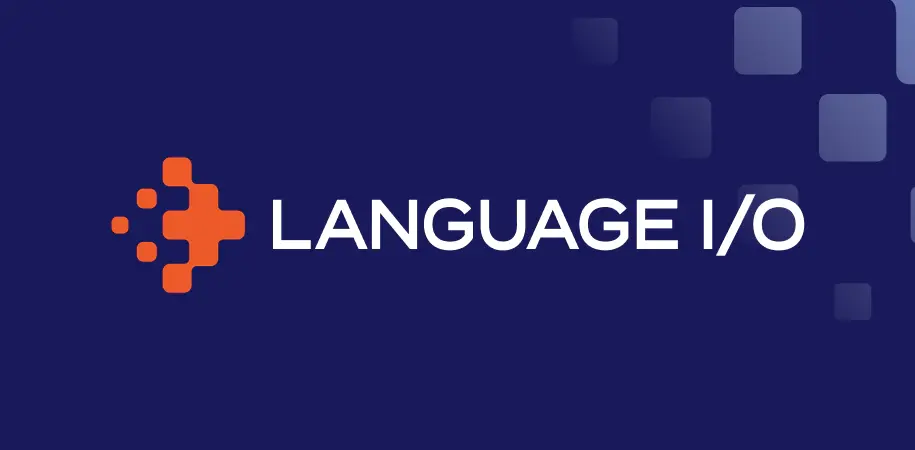Consumer preferences have shifted significantly in the last several years. Partially in response to the COVID-19 pandemic, customers now want to interact with brands via digital channels. However, this shift to digital communications has not diminished the expectation for personalized customer experiences. In fact, the demand for highly personalized customer support experiences is arguably higher than ever before. McKinsey notes that businesses that aren’t keeping pace with the digital disruption and customers’ preferences for digital interactions will have difficulty staying ahead of their competition.
The preference for online communications has led to a massive surge in the use of live chat for customer service. With data demonstrating that 41% of customers prefer live chat support—compared to 32% that prefer support over the phone—it is more important than ever that brands seeking to deliver high quality customer service experiences deliver the same caliber of personalized support that they deliver over the phone via live chat as well.

Part of providing a personalized customer service experience is the ability to communicate with your customers in their native language. According to CSA research, 75% of buyers are more likely to purchase if post-sales support is offered in their native language. Another study showed that 75% of customers are more likely to become a repeat customer when support is offered in their language. Furthermore, 40% of customers simply will not buy from websites that are not in their own language.
This growing demand for fast, in-language customer support means that brands serving global audiences must find a way to communicate in each customer’s preferred language—all in real time.
The Ultimate Guide to Multilingual Customer Support: Live Chat
Download this guide to learn about the various approaches to delivering multilingual support over chat channels and, most importantly, identify the right solution for your organization.
How Businesses are Meeting Demands for Multilingual Live Chat Support
What options do businesses have to meet the demand for multilingual live support? The most obvious solution is to hire an in-house team of native speakers across each language spoken by customers. However, this option is expensive both in terms of time and money. And with brands continuing to face hiring challenges, staffing up and training a full team of qualified agents who can provide support in multiple languages is simply not viable for the vast majority of businesses.
Hiring more live agents to address the need for multilingual support also presents a problem in terms of scalability. While a French-speaking agent can address all incoming support requests in French, this agent is unable to help offset an influx in incoming requests in another language such as Chinese. This often results in low occupancy rates, which is cost-inefficient and poses a threat to agent satisfaction.

Another possible solution involves outsourcing to a BPO call center staffed with multilingual agents and support teams. But BPOs face similar staffing challenges when seeking to provide multilingual customer support. If the bulk of a call center’s agents are in the Philippines or India, these agents provide high quality English support, but when it comes to languages like Chinese, French, Italian, German, or Russian, BPOs rarely have a large enough pool of native-speaking resources to draw from. This often forces BPOs to staff call centers with native-speaking agents in-country, which makes it another expensive option.
With those two common solutions posing a problem from a cost and efficiency perspective, how can businesses most effectively provide multilingual live chat support? In this digital age, it’s no surprise that the solution is technology-based. For brands seeking to provide multilingual support that is both real-time and cost-effective, the optimal solution is to use live chat translation software. By plugging directly into the chat channels that agents already use to communicate with customers, live chat translation software automatically translates incoming and outgoing messages, empowering top-performing monolingual (i.e., English-only) agents to provide high quality support in virtually any language spoken by customers.
What to Look for in Real-Time Chat Translation Software
Live chat translation software is the most cost-effective and efficient solution to providing multilingual customer support, but brands must ensure they find software that both delivers accurate translations and has mechanisms in place to preserve data privacy.
The technology that brands use for real-time chat translation should have features in place to properly translate “tricky” terminology for which generic machine translation engines (such as the free version of Google Translate) cannot account. This includes brand- and industry-specific jargon, slang, acronyms, and misspellings. Live chat translation software should also be able to integrate directly into the systems that agents already use to communicate with customers, as this prevents adding additional steps to adopted workflows and helps agents complete requests in a timely manner.
Lastly, because customers rarely are careful with the information they share in customer support live chats, their incoming messages are likely to include all sorts of personally identifiable information (PII), including their full name and email address as well as private information such as bank account information or even their social security number. Brands using live chat translation software must ensure that their solution adequately handles PII in such a way that prevents it from being subjected to a breach or otherwise malicious action.
Language I/O is a live chat translation solution that accomplishes all of these requirements and more. Global enterprises rely on Language I/O to provide fast, accurate, and secure translations of live chat messages in real time. Our ISO 27001 certified technology is GDPR, CCPA, and PCI compliant, and integrates seamlessly with all leading CRMs, including Salesforce, Zendesk, Oracle Service Cloud, and ServiceNow. To learn more about how Language I/O’s live chat translation software can help your brand save on multilingual support costs and boost customer satisfaction, contact us or request a demo.



